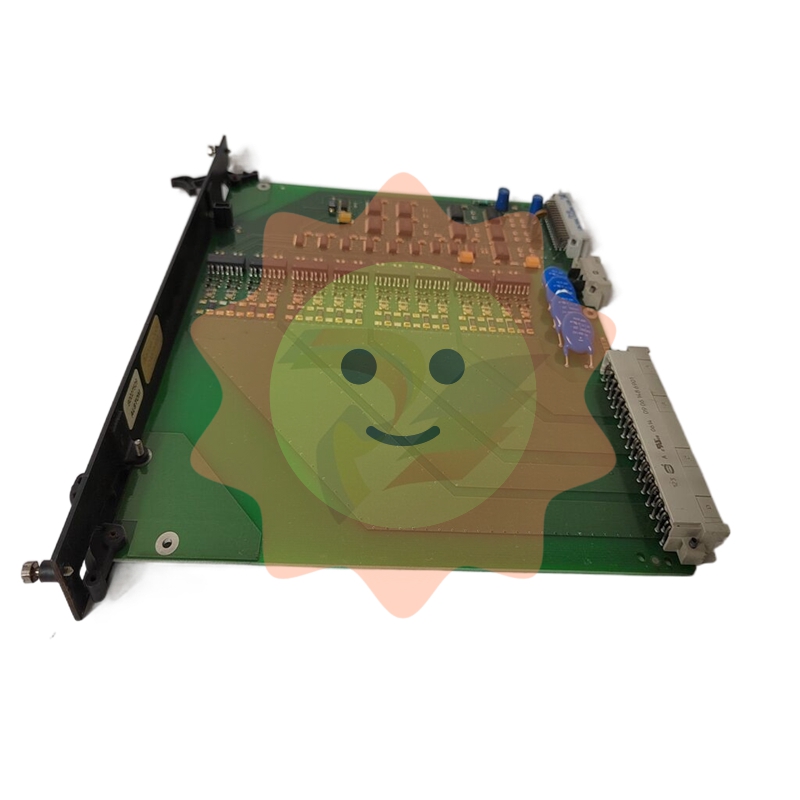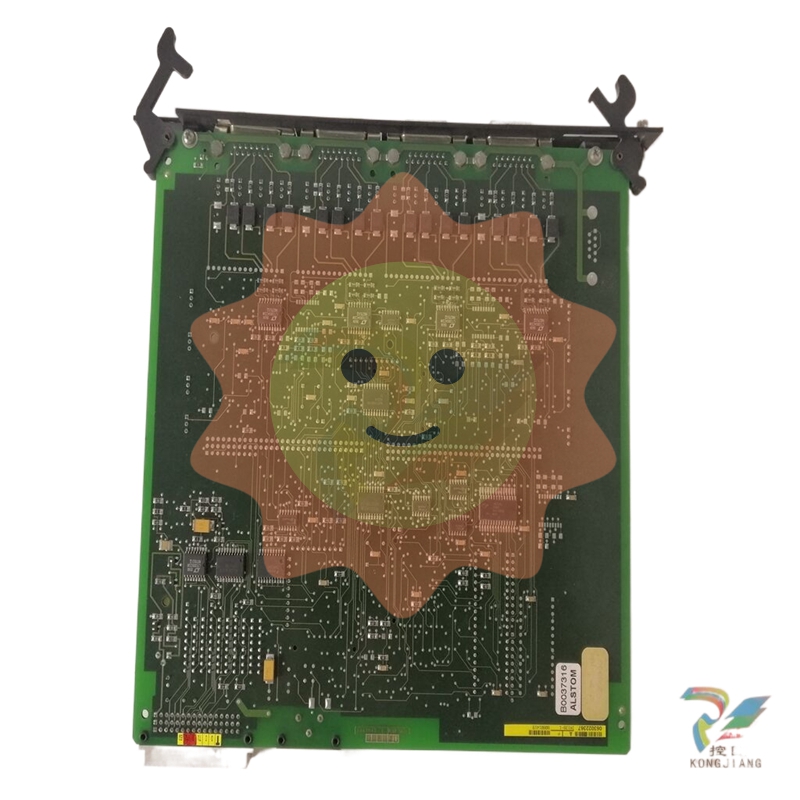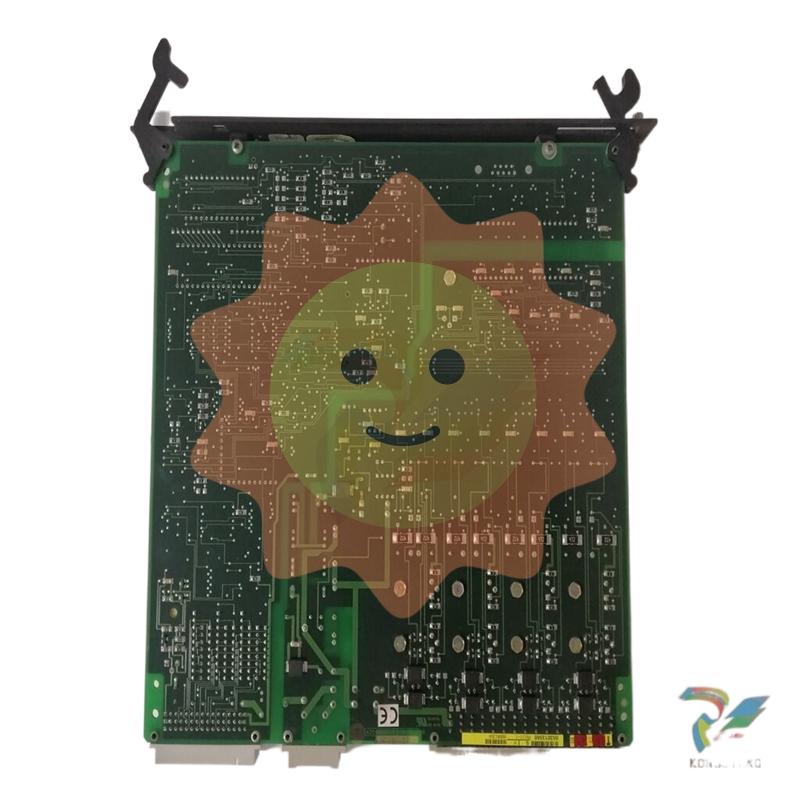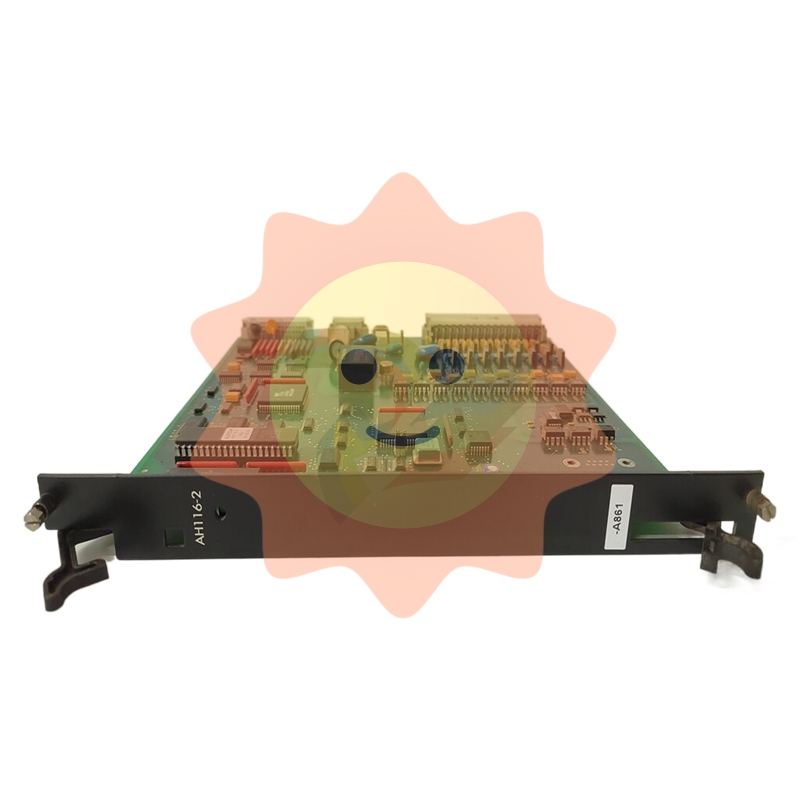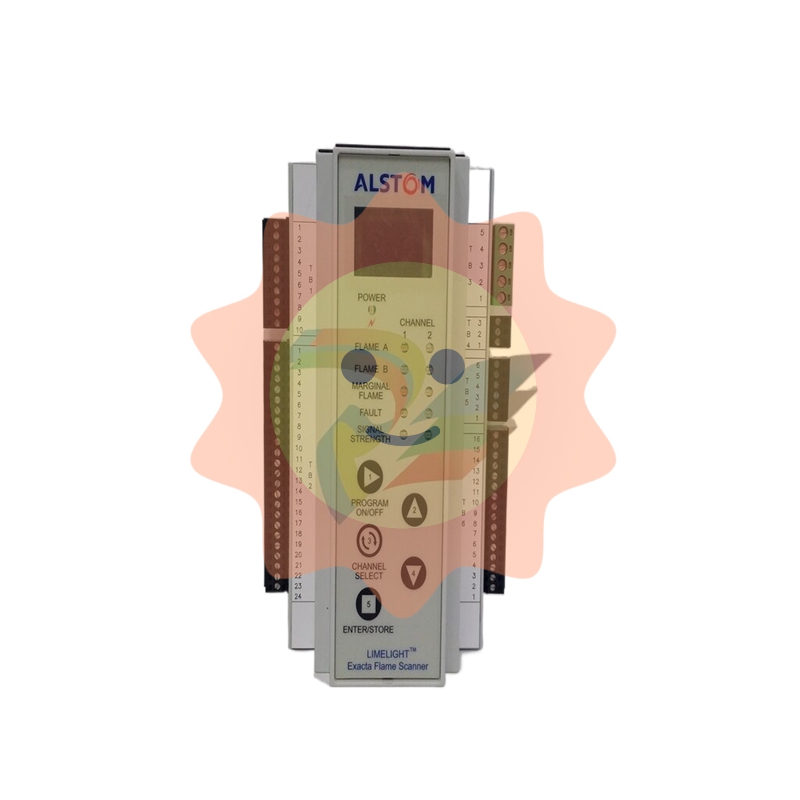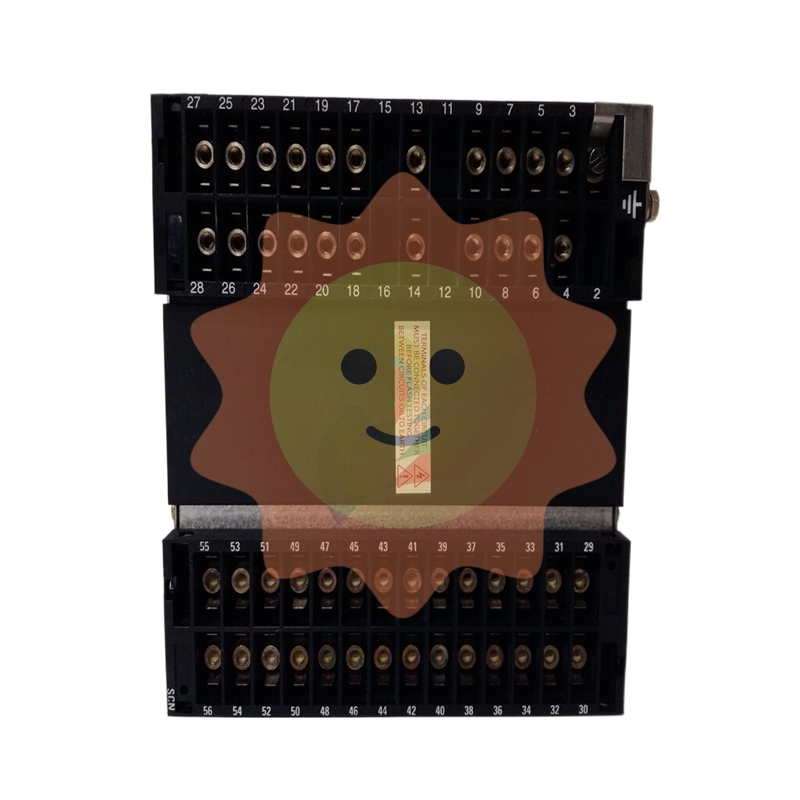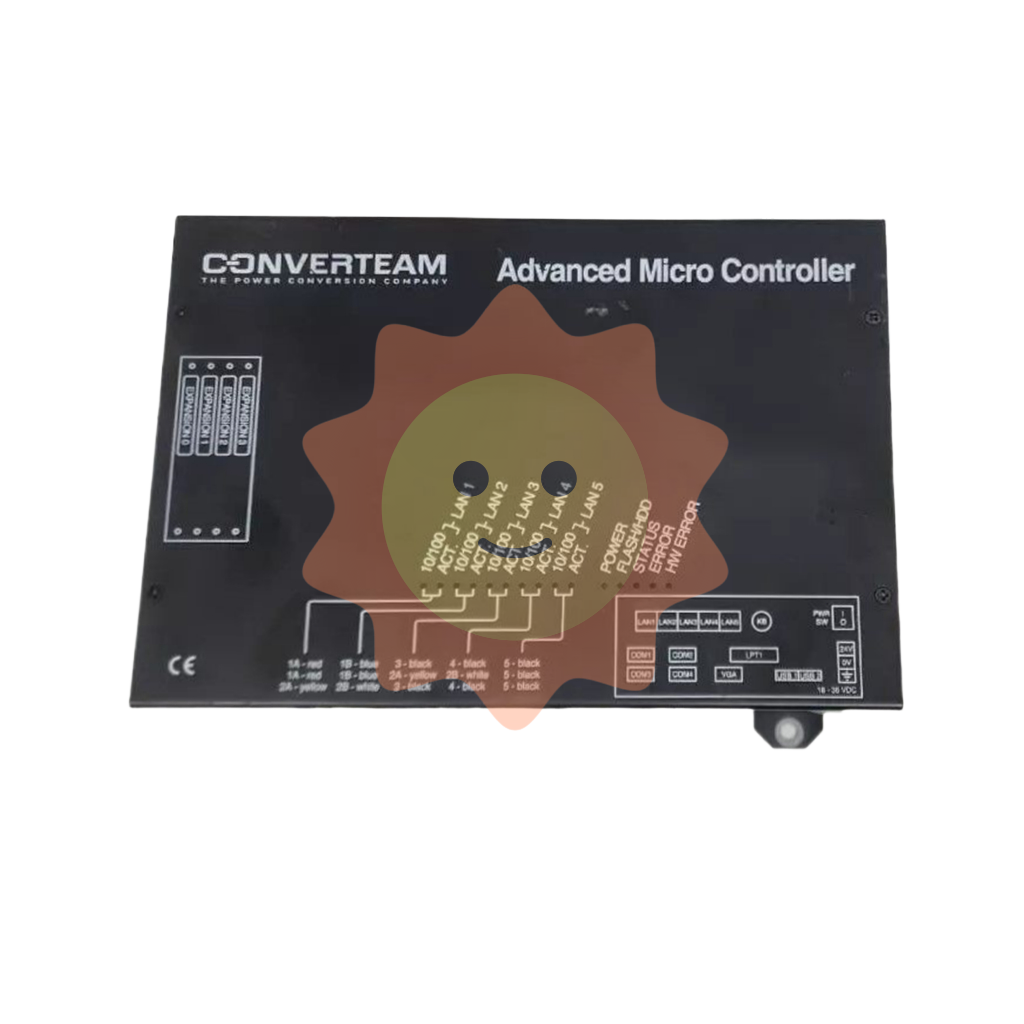Production status and development trend of chemical fiber oil agent in China
Polyester staple fiber oil agent not only to meet the production of chemical fiber factory, but also to meet the needs of textile factory after processing, development is difficult, the localization rate is low. Shanghai Petrochemical, Liaoyang Petrochemical, Yizheng chemical fiber and other large chemical fiber, widely = raw materials for high-quality polyester, fast tensile speed, most of the selection of oil from Japan Takemoto oil company and Matsumoto company imported oil, accounting for 80% of the total consumption (in recent years, there are also the use of German double s company, that is, Schill+Seilacher company's oil). The other kind of small chemical fiber plant uses the waste material of large chemical fiber plant and polyester waste bottle as raw materials, the drawing speed is slow, and the first generation of short fiber oil composed of SN, fatty alcohol polyoxyethylene ether and glycerol is used at the beginning. In the 1990s, after the rapid expansion of production capacity and the increase of tensile speed of small chemical fiber factories, the second generation domestic short fiber oil with alkyl phosphate as antistatic agent was basically selected.

2. Development requirements and main components of chemical fiber oil agent
2.1 Development Requirements
After oiling the chemical fiber, some need to be stretched and dried at high temperature, and the finished silk needs to be processed, elasticized, woven and other processes, so the chemical fiber oil agent should have a certain heat resistance, do not decompose when heated, less volatilization, and do not color the fiber; The chemical fiber oil agent should also have a certain oil film strength and good smoothness, so that there is no hair and broken head during the fiber production and post-processing, and the white powder and precipitates are reduced as much as possible. Because the oil agent used in spinning is often an oil-in-water suspension, it must contain emulsifier; The chemical fiber oil agent can also give the fiber excellent antistatic properties. Therefore, the main components of the chemical fiber oil agent include smoothing agent, emulsifier, antistatic agent, and other ingredients can be added according to the different uses of the fiber, such as silicone oil, anti-splash agent, antioxidant, anti-mold agent, anti-rust agent, defoamer, accelerator attached to rubber, organic solvent and water. Among them, the smoothing agent is mainly synthetic fatty acid ester, polyether and a small amount of mineral oil. The floating agent is mainly polyoxyethylene ether. The antistatic agents are mainly alkyl phosphate and alkyl ether phosphate. In the preparation of oil agent, it is difficult to adapt to the requirements of various aspects by relying on a single surfactant. Therefore, it is often necessary to use special compounding and synergistic technology to combine several different types and models of surfactants together to complement each other and exert their synergistic effects. According to the characteristics of specific fibers and the requirements of spinning process for oil properties, qualified oil products can be prepared by special technology.
With the rapid development of the chemical fiber industry and the increase of functional fabrics, the chemical fiber industry has been developing in the direction of fine denier, super high-speed, large capacity, short process, differentiation and functionalization, coupled with the use of new processes and new equipment and the strengthening of ecological environmental protection awareness, which puts forward higher requirements for chemical fiber oil agents. Therefore, the development direction of chemical fiber oil agent is to meet the needs of chemical fiber production and process improvement, so that new, differentiated, serialized, functional, green, both require an oil agent to meet the requirements of different varieties, but also put forward higher and higher requirements for special oil agent. Chemical fiber oil agent not only to meet the normal production requirements of fiber, but also through the oil agent to achieve the fiber with water, oil, anti-bacterial, soft feel, smooth and other unique properties. The green color of chemical fiber oil requires that the oil product is non-toxic, harmless, easy to use, and has good degradability. For example, in the winding oil agent, a completely biodegradable polycarbonate is used to replace mineral oil as lubricant, so that the biodegradation rate of the finished oil of the lubricant can reach more than 90%.
- EMERSON
- Honeywell
- CTI
- Rolls-Royce
- General Electric
- Woodward
- Yaskawa
- xYCOM
- Motorola
- Siemens
- Rockwell
- ABB
- B&R
- HIMA
- Construction site
- electricity
- Automobile market
- PLC
- DCS
- Motor drivers
- VSD
- Implications
- cement
- CO2
- CEM
- methane
- Artificial intelligence
- Titanic
- Solar energy
- Hydrogen fuel cell
- Hydrogen and fuel cells
- Hydrogen and oxygen fuel cells
- tyre
- Chemical fiber
- dynamo
- corpuscle
- Pulp and paper
- printing
- fossil
- FANUC
- Food and beverage
- Life science
- Sewage treatment
- Personal care
- electricity
- boats
- infrastructure
- Automobile industry
- metallurgy
- Nuclear power generation
- Geothermal power generation
- Water and wastewater
- Infrastructure construction
- Mine hazard
- steel
- papermaking
- Natural gas industry
- Infrastructure construction
- Power and energy
- Rubber and plastic
- Renewable energy
- pharmacy
- mining
- Plastic industry
- Schneider
- Kongsberg
- NI
- Wind energy
- International petroleum
- International new energy network
- gas
- WATLOW
- ProSoft
- SEW
- wind
- ADVANCED
- Reliance
- YOKOGAWA
- TRICONEX
- FOXBORO
- METSO
- MAN
- Advantest
- ADVANCED
- ALSTOM
- Control Wave
- AB
- AMAT
- STUDER
- KONGSBERG
- MOTOROLA
- DANAHER MOTION
- Bentley
- Galil
- EATON
- MOLEX
- Triconex
- DEIF
- B&W


email:1583694102@qq.com
wang@kongjiangauto.com

